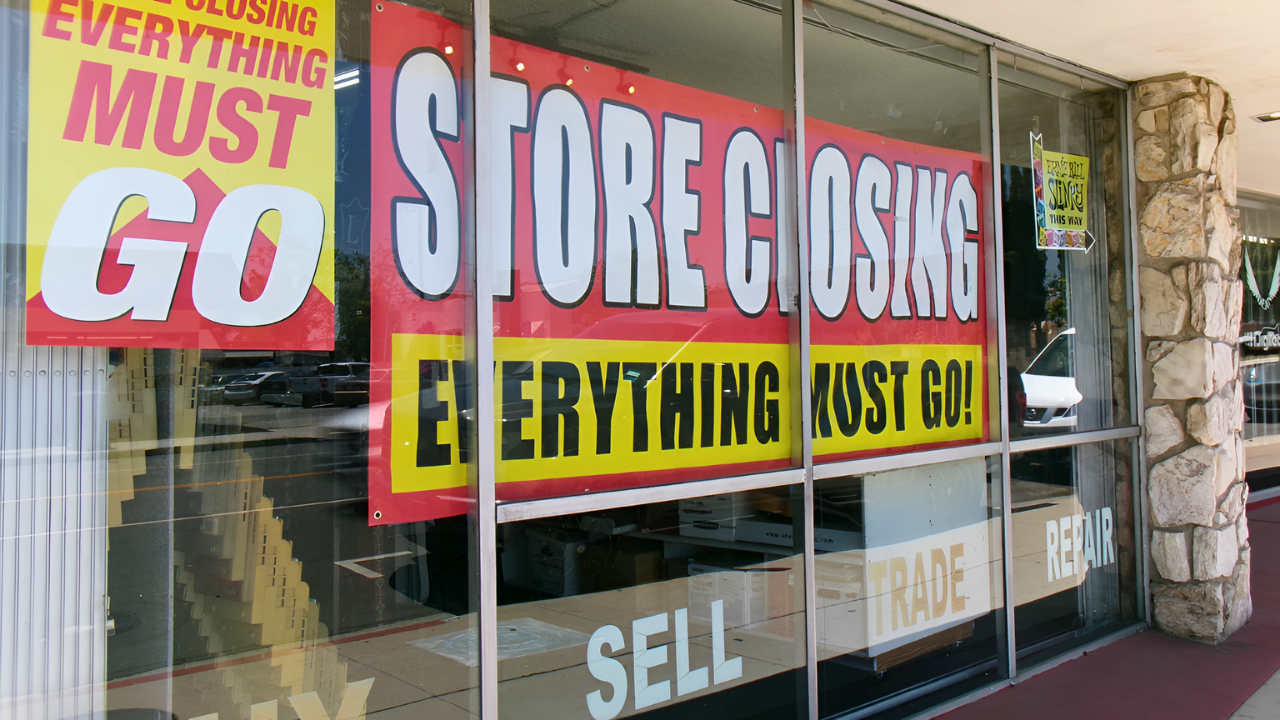
A handwritten sign on Sherman’s Sports & Army Store window stunned Hendersonville residents in late August 2025: the town’s oldest continuously operating retail business was closing after 103 years.
The “Retiring Sale — Everything 25% Off” sign marked the start of the final days. Owner Becky Sherman Banadyga watched tearful customers recall decades of first BB guns, Lionel trains, and dolls. “It’s been more emotional for some of our customers,” she said.
As Becky and her husband Rex retire, what will become of Hendersonville’s cherished gathering place?
37,600 Days of Main Street Magic
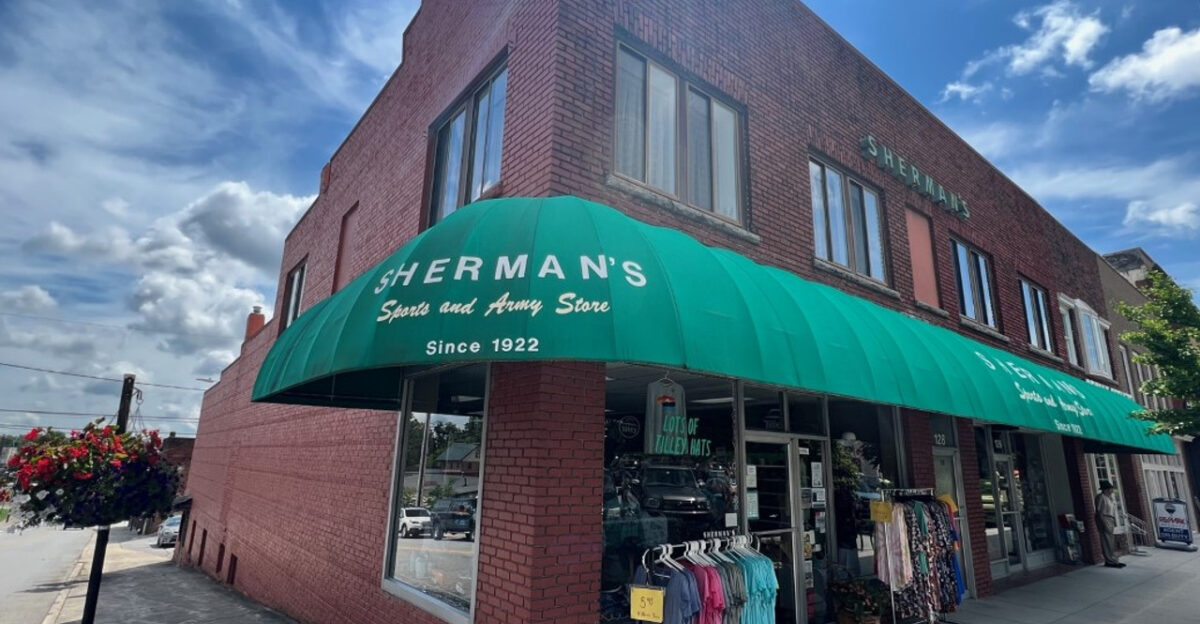
For 103 years, Sherman’s Sports & Army stood on Hendersonville’s Main Street, serving locals for roughly 37,620 days. It survived 18 U.S. presidencies, the Great Depression, world wars, and countless recessions. Yet in 2025, the doors closed quietly.
What allowed this family-owned icon to endure so long—and why did it finally end not from bankruptcy, but succession?
Three Generations of Stewardship
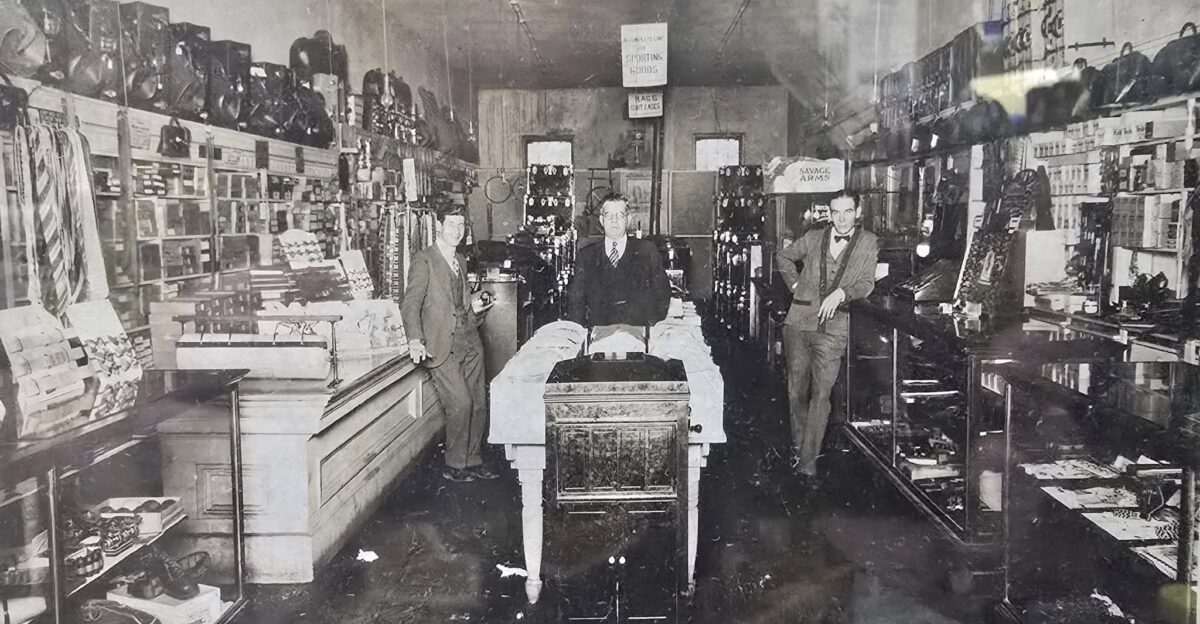
Louis Sherman opened the doors in 1922. After World War II, his son Kalman, a Marine in the Pacific, took the reins. From the early 2000s, granddaughter Becky Sherman Banadyga and her husband Rex guided the store.
“It was all of my father’s life,” Becky recalled. “Dad’s biggest change was when they paved the streets.”
Longevity built legacy—but was it enough to survive the modern era?
Not Bankruptcy But Birthdays
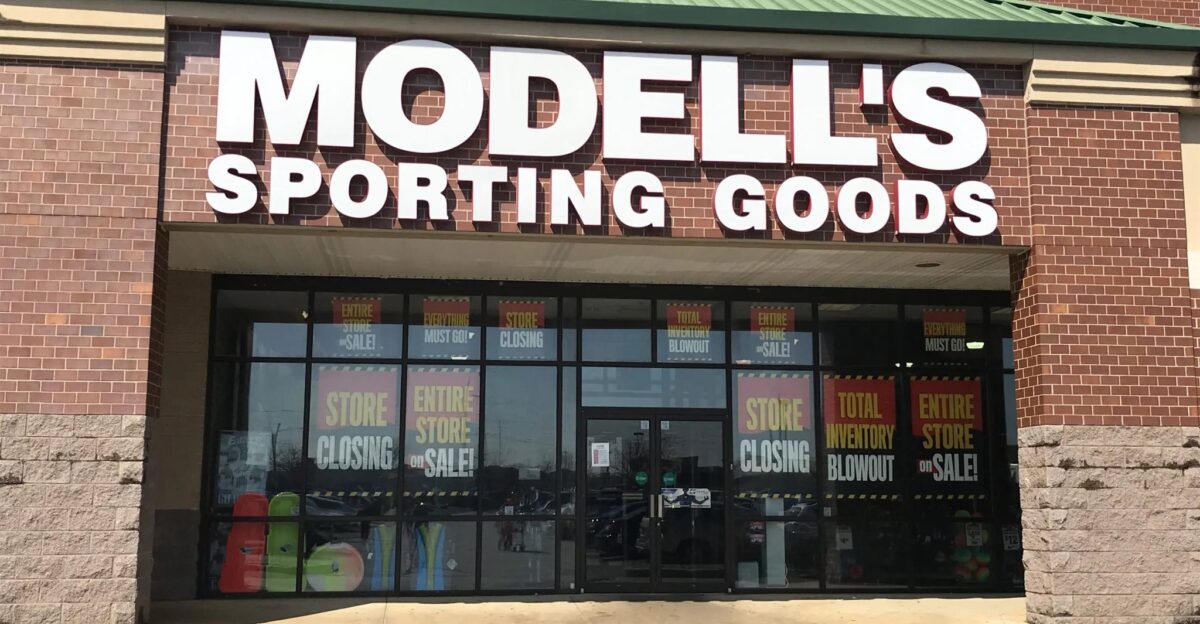
Unlike Modell’s Sporting Goods or Sport Chalet, Sherman’s has never faced bankruptcy or crushing debt. It survived economic storms, including the 2024 floods from Hurricane Helene, and profitability remained. The store displayed 25% off signs, drawing steady shoppers amid its final days.
Yet profitability wasn’t the culprit. What made this century-old icon close? The real cause reveals itself now.
The Real Reason It’s Closing: No One to Inherit the Counter

Sherman’s closure in late September results solely from owners Becky and Rex Banadyga retiring, with no family successor.”None of my daughters wanted to take the store over,” Becky confirmed to the Times-News.
When the family line ends, even the most beloved institutions face extinction. How did the community respond to this loss?
Tears Over Training Wheels
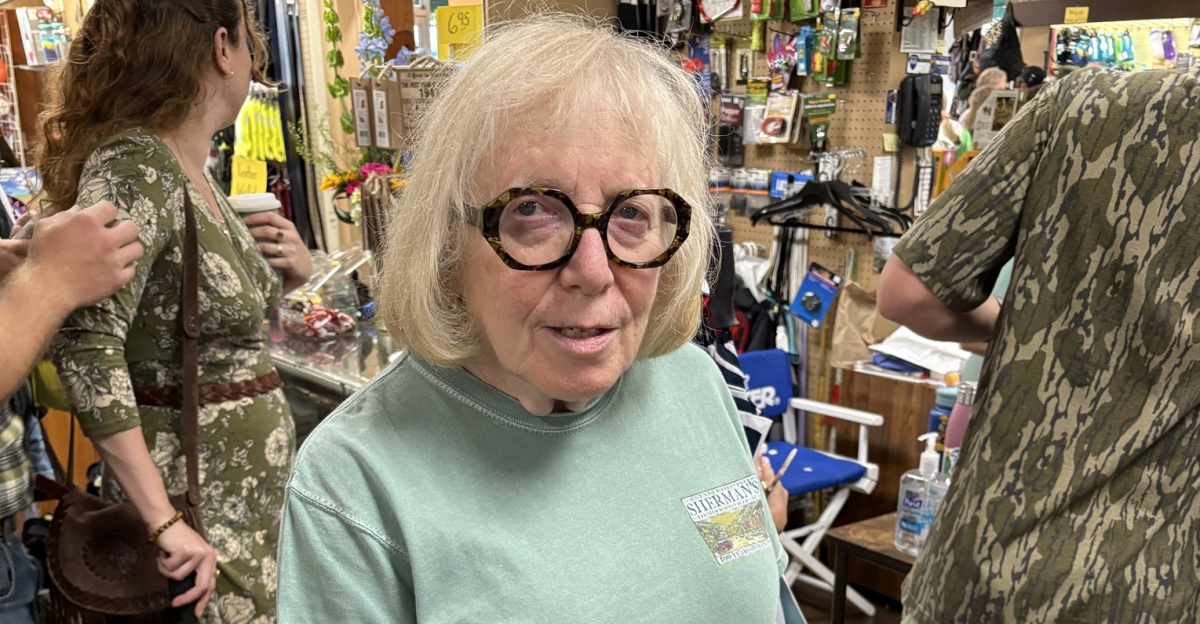
Emotions ran high as customers shared memories. One woman wept telling Becky about buying shoes for grandchildren across generations. The store carried Lionel trains, Madame Alexander dolls, and Tonka trucks, becoming more than commerce—a community gathering place.
A guest book invited locals to record their memories and gratitude.
What did the final sale look like amid this heartache?
25% Off, 100% Heartbreak

The going-out-of-business sale began on the Wednesday before Labor Day 2025, with 25% off storewide. The inventory mixed army surplus, camping gear, and nostalgic sporting goods. Unlike chaotic liquidations from failing chains, Sherman’s farewell was dignified and unhurried.
“It was all of my father’s life,” Becky said, avoiding dwelling on her grandfather Louis Sherman’s thoughts.
Why Chains Fell But Sherman’s Thrived (Until Now)
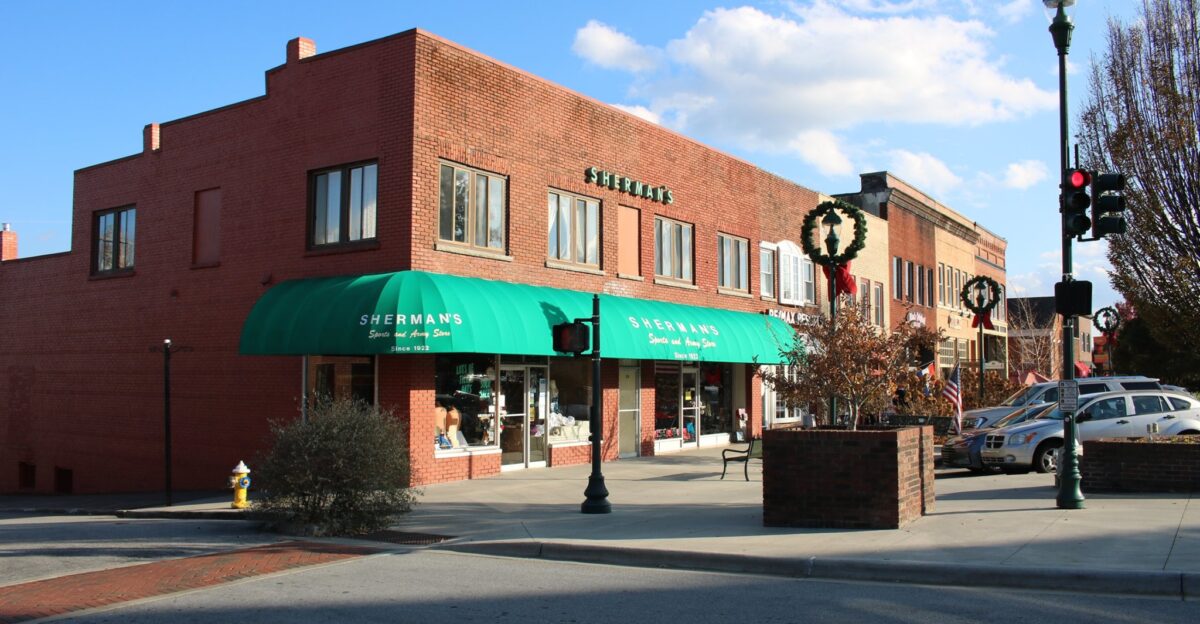
Sherman’s thrived by reading Main Street’s pulse daily—not relying on corporate strategies. It evolved organically: adding army surplus after WWII (when Kalman returned from Marines), outdoor recreation gear during boom decades, and military items as demand shifted. Meanwhile, rigid big-box retailers like Sport Chalet failed to pivot quickly enough.
Organic adaptation was Sherman’s competitive advantage. Yet even that couldn’t solve the succession crisis looming ahead.
The Death of the Mom-and-Pop Century Club
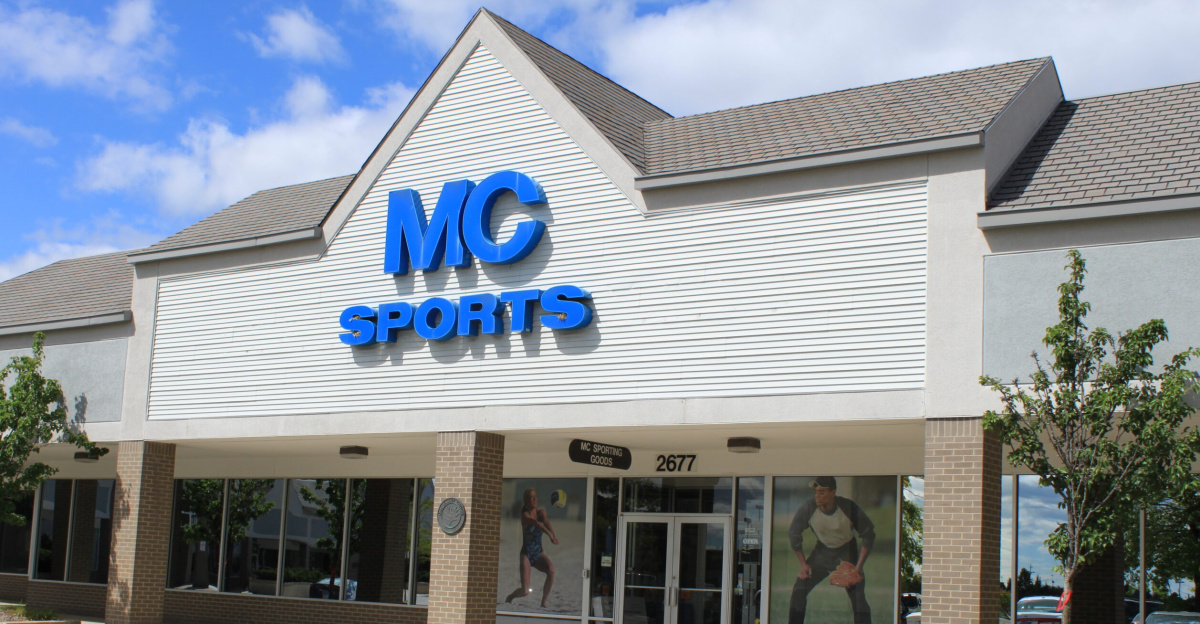
Sherman’s belonged to a rare group: less than 1% of U.S. businesses reach 100+ years. The average S&P 500 company lifespan fell from 61 years in 1958 to 18 years in 2012. Sporting goods retailers saw three major national chain collapses since 2016: Sport Chalet (47 stores, 2016), MC Sports (75+ stores, 2017), and Modell’s (115 stores, 2020).
Sherman’s closure marks the end of an era for long-standing, family-owned retailers. But its story reveals additional, less obvious lessons.
The Store That Evolved Without a Plan
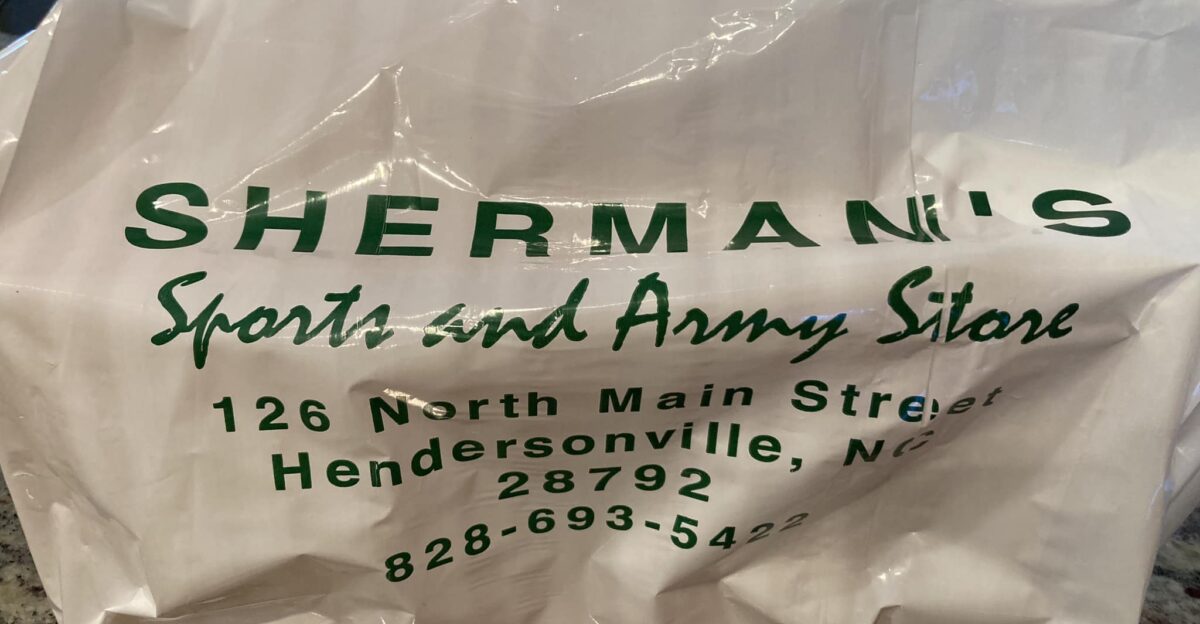
Sherman’s has stayed relevant through unintentional, not formal, adaptation. Since its founding, it has stocked .22 rifles and BB guns, added hiking and outdoor gear during the recreation booms, and expanded its army surplus inventory across decades. The store’s motto—”Everything. That’s All.”—captures this organic flexibility.
Customers remembered: “They always had what you needed”.
How does this informal strategy compare to formal succession failures? That’s where deeper trouble arose.
The Succession Time Bomb Nobody Saw

The store’s fate was sealed because Becky and Rex’s daughters chose careers elsewhere. Without formal succession planning, Sherman’s couldn’t continue. Nearby Mast General Store (North Carolina family business) survived through formal succession planning—appointing professional management, creating documented succession plans, and investing in leadership development.
Nationwide, 70% of family-owned firms fail to transfer to the next generation—only 30% successfully transition to second-generation ownership, and just 10-15% reach the third generation.
Could better planning have prevented Sherman’s end? The answer weighs heavily on small business lifespans everywhere.
Hendersonville’s Hole Where History Stood
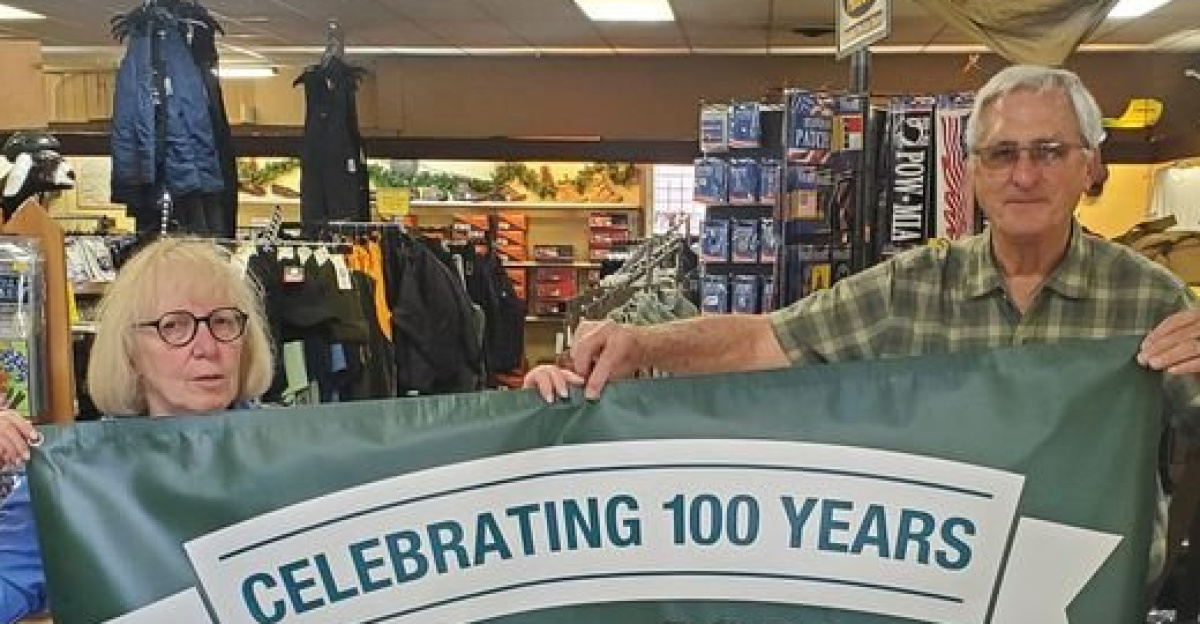
Sherman’s closure leaves a void on North Main Street. The store was Hendersonville’s oldest continuously operating retail business—a landmark that tourists and locals valued as heritage.
Neighboring shops on Main Street will feel the impact of lost foot traffic. Downtown Hendersonville now faces questions about preserving its historic character without its century-old anchor.
Could They Have Saved It? The Buyout That Wasn’t

Attempts to sell Sherman’s appear to have failed. Only 30% of small businesses listed for sale find buyers, and the median purchase price ranges from $315,000 to $2 million, making qualified buyers for niche, historic retailers scarce.
Becky’s commitment to keeping the store local added another hurdle, highlighting the tension between preserving heritage and surviving in a modern retail landscape dominated by e-commerce and big-box chains.
National Pattern: When History Becomes a Liability

Sherman highlights a national pattern: century-old family businesses often close when heirs pursue different careers. In contrast, Japan protects 33,000+ century-old firms—“shinise”—through cultural reverence, from small eateries to giants like Nintendo (1889) and Suntory (1800s).
Globally, 56% of companies older than 200 years are in Japan, with some surpassing 1,000 years. What lessons could the U.S. borrow to preserve its own heritage businesses?
Japan’s Shinise: Lessons in Longevity

Shinise businesses thrive by focusing on long-term thinking over quarterly profits, sticking to their core business, and keeping cash reserves while avoiding debt. They act as community custodians, preserving local traditions and values.
Succession is ensured—even through adoption if needed—and cultural prestige is maintained, with tradition and quality at the heart of every decision.
Presence Over Pixels

Sherman’s thrived without a website, relying on its physical Main Street presence to build multi-generational loyalty. Customers returned as parents and grandparents, forming bonds that digital brands rarely replicate. Research shows community hubs foster belonging and collaboration.
Yet this advantage couldn’t protect Sherman from succession challenges—loyalty and presence mattered, but an heir was essential to keeping the doors open.
Legacy in the Rubble: More Than a Store
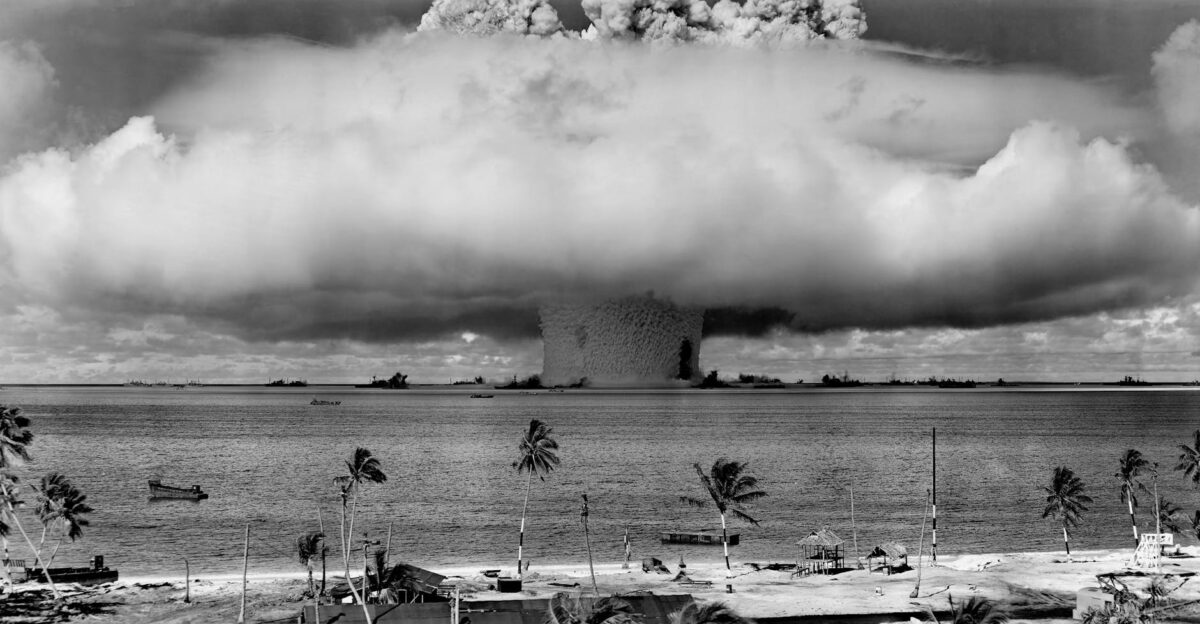
Long-serving employees face uncertain futures as Sherman’s closes. The guest book captured decades of memories and gratitude, with customers sharing multi-generational stories. This closure erases institutional knowledge that is rare in modern retail. In a world where S&P 500 companies last 18 years on average, Sherman’s 103-year history—spanning the Great Depression, WWII, and countless economic shifts—disappears.
Their departure marks the fading of institutional knowledge, which is rare in modern retail.
Lessons for the Next Century Club
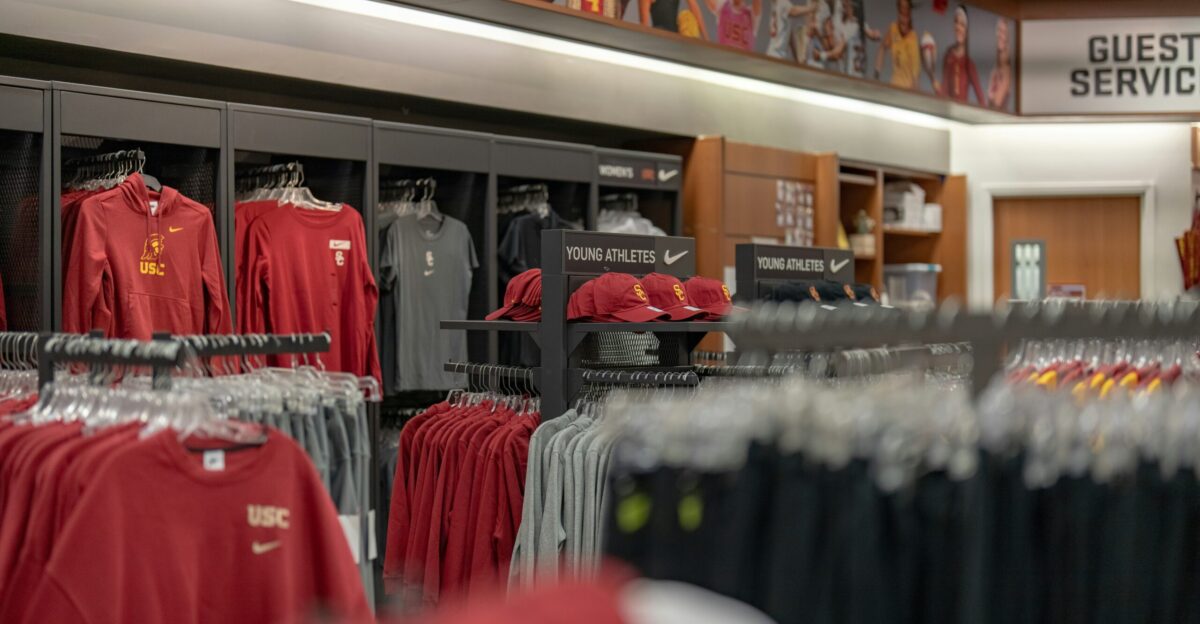
Sherman’s longevity stemmed from listening to customers, nimble product adjustments, and deep community ties. Unlike chains focused on shareholders, it prioritized neighbors, building long-lasting loyalty. Future family-owned businesses can learn that enduring success isn’t just profitability—it’s nurturing relationships, adapting to change, and embedding themselves in the fabric of their community.
These lessons may inspire a new generation to revive local commerce with heart.
What Dies When Main Street Forgets Its Name
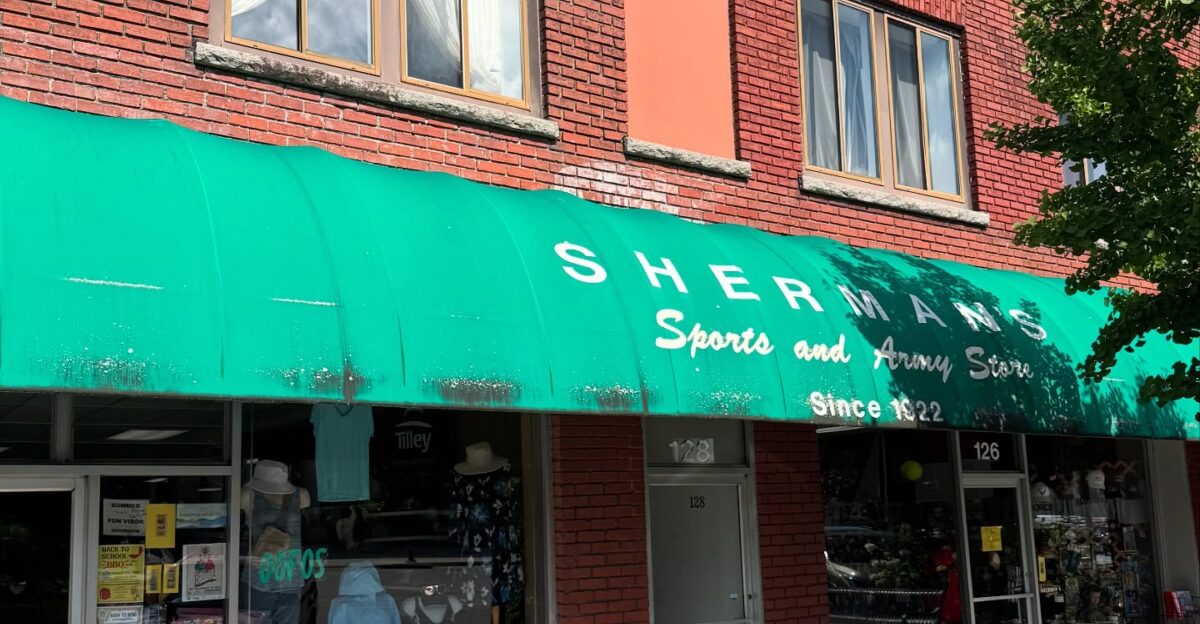
Sherman’s Sports & Army’s 103-year run shows that longevity in retail isn’t guaranteed by profits, online presence, or survival through crises—it depends on succession, community ties, and family stewardship. Its closure underscores the fragility of historic family businesses in modern America.
For the next generation of Main Street institutions, success means planning for continuity, valuing legacy, and balancing tradition with the realities of today’s business landscape.